
When someone clicks on your ad, email, or social media post, your landing page is the first — and maybe only — chance to convince them to take action. It’s not just a digital "stop" on their journey; it’s the moment when curiosity can become a real customer relationship.
But here’s the thing: building a high-converting landing page isn’t about throwing flashy graphics and catchy headlines together. It's about following smart Landing Page Best Practices, applying proven landing page tips, and understanding what makes a great landing page.
The magic happens when your landing page feels so clear, natural, and compelling that visitors don't even think twice about clicking that button.
In this guide, we will break down everything you need, fundamental strategies that work, not theories. You'll also learn why most blogs miss the real reasons landing pages succeed or fail...and how you can do it differently.
You'll find powerful landing page advice and learn how to Optimize Landing Page performance at every level.
Ready to build landing pages that drive conversions? Below are 11 essential landing page best practices proven to deliver results. These strategies are designed to maximize user engagement, reduce bounce rates, and guide visitors toward taking meaningful action.
Whether you're new to creating landing pages or looking to fine-tune your current ones, these practical tips will help you optimize each element for better performance. Let’s dive into each best practice and see how you can implement them effectively.
When designing a landing page, one principle reigns supreme. A landing page should have a single, clear goal for visitors. The more straightforward your objective is, the better the chance of success.

Keeping things simple and direct ensures that your visitors know exactly what to do and why. Stay focused on a single objective. The clearer your goal, the easier it will be for visitors to follow through.
When it comes to landing page design, minimalism is your best friend. A cluttered page can overwhelm visitors, making them second-guess their decision to stay. Less is more because it creates a smooth experience that guides visitors naturally toward the goal.

A simple design directs the visitor’s focus where you want it to go—on the key action. It also eliminates distractions that could cause them to bounce. Strip your landing page down to the essentials. Every element should be purposeful and aligned with your goal.
Your headline is the first thing visitors see, and it sets the tone for the rest of their experience. The goal of your headline is to immediately capture their attention and communicate why they should care about your offer.
People are more motivated by outcomes than features. By showing visitors why your offer is essential, you connect emotionally, making them more likely to convert. Craft a headline that addresses the visitor’s needs and communicates the benefits of taking action.
People naturally rely on the opinions of others when making decisions, especially when purchasing or trying out new brands. This is where social proof comes into play.

Social proof taps into our innate fear of making the wrong decision. If others have succeeded, visitors feel more confident about their choice. Use real testimonials, client logos, and trust signals to increase credibility and help visitors feel secure in their decision.
Creating a sense of urgency motivates visitors to act quickly. This technique works on the principle of FOMO (fear of missing out).

Urgency taps into human psychology—specifically, our instinct to act quickly when there’s a fear of loss. It encourages visitors to act before the opportunity disappears. Use urgency to spur immediate action, but ensure that it feels authentic and not forced.
The CTA is the most crucial element on your landing page. Without a strong, visible CTA, all the other elements are irrelevant. It’s the action point where visitors turn into leads or customers.

A clear, compelling CTA provides a sense of direction. It tells visitors exactly what to do next, reducing the chances of indecision. Make your CTA large, bold, and strategically placed. It should always stand out and encourage immediate action.
Most people don’t buy products—they buy results. Instead of focusing on a long list of features, emphasize how your offer will solve the visitor's problem or improve their life.
People buy based on the emotional value they’ll get from a product, not just its features. Emphasizing benefits builds a stronger connection and motivates action. Focus on benefits, not just features, to speak directly to the visitor’s desires and needs.
Forms are critical to conversion, but they should be as simple as possible. A long form or one that asks for unnecessary information can turn potential customers away.

Simplicity reduces friction, and visitors are more likely to complete forms that are easy to fill out. Keep your forms short, simple, and easy to understand to avoid frustrating visitors.
Risk is a major barrier for potential customers. To overcome this hesitation, offering a risk-free trial or money-back guarantee can make all the difference.
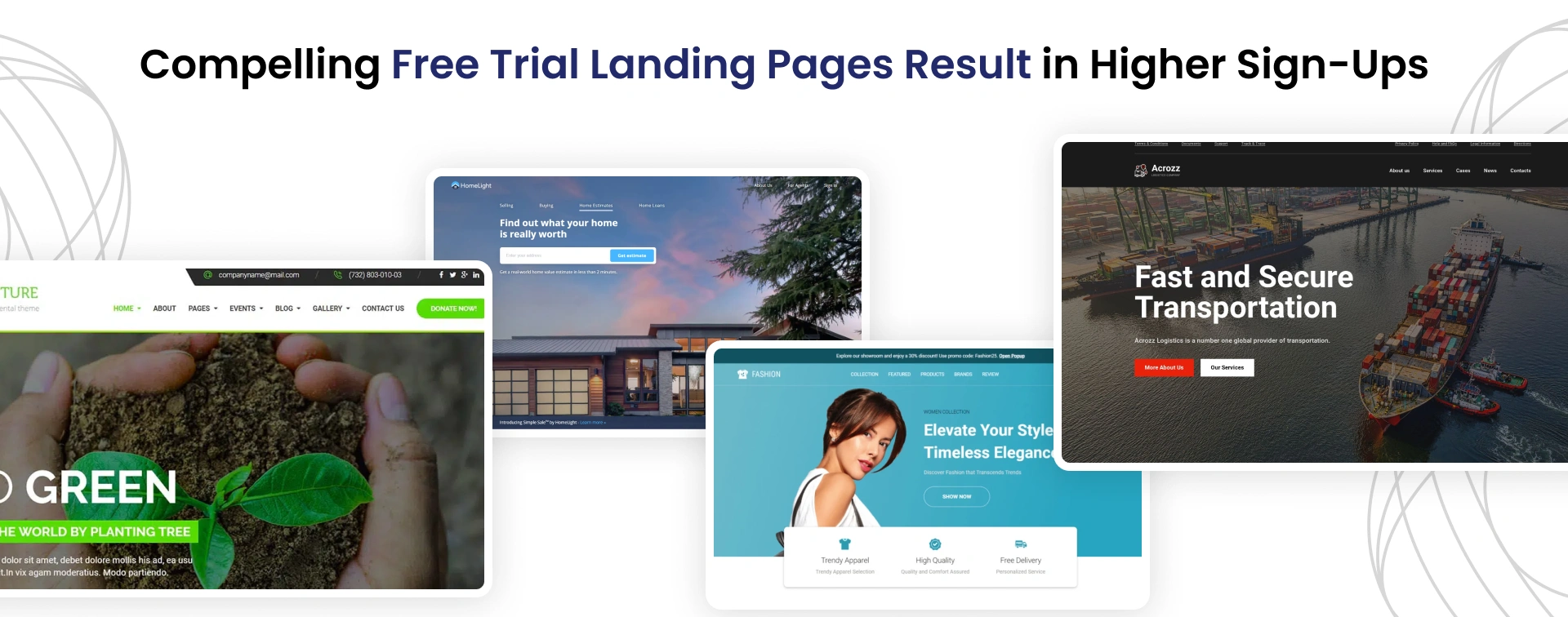
A guarantee signals that you stand behind your product, which builds trust and makes visitors feel secure about their decision. Offer a risk-free trial or money-back guarantee to reduce hesitation and increase conversions.
With mobile traffic now accounting for a large portion of online visits, optimizing your landing page for mobile is no longer optional.
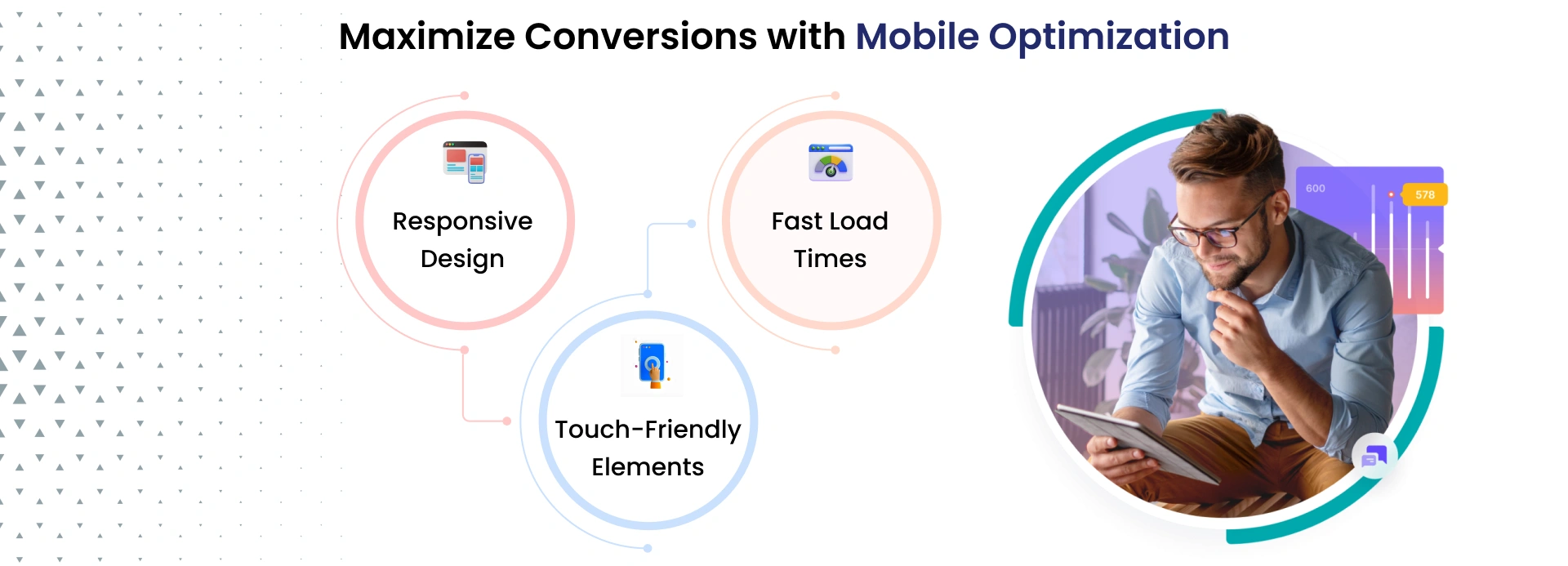
With more users browsing on mobile devices, ensuring your landing page works flawlessly on all screens is crucial for conversion. Optimize your landing page for mobile to ensure it provides a smooth experience on every device.
Effective SEO optimization can increase your landing page visibility, helping more potential customers find you through search engines. Without proper SEO, even the best landing page design might not reach the right audience.

SEO is key to getting your landing page in front of the right audience. Proper optimization ensures you rank higher in search results, bringing more organic traffic to your page. Optimize your landing page for SEO by using relevant keywords, adding meta descriptions, and improving image accessibility to increase visibility and attract organic traffic.
Once you've mastered the basic landing page best practices, it's time to take your strategy up a notch. The following advanced tactics are designed for those who want to optimize their landing pages even further, pushing conversions to new heights with cutting-edge tools and unique approaches.
While personalization is standard, hyper-personalization based on predictive analytics takes things to the next level. By leveraging machine learning and AI, you can predict a visitor's behavior and tailor the content in real time. For example, you could show dynamic offers depending on their browsing history, geographic location, or past interactions with your business.
How It Works:
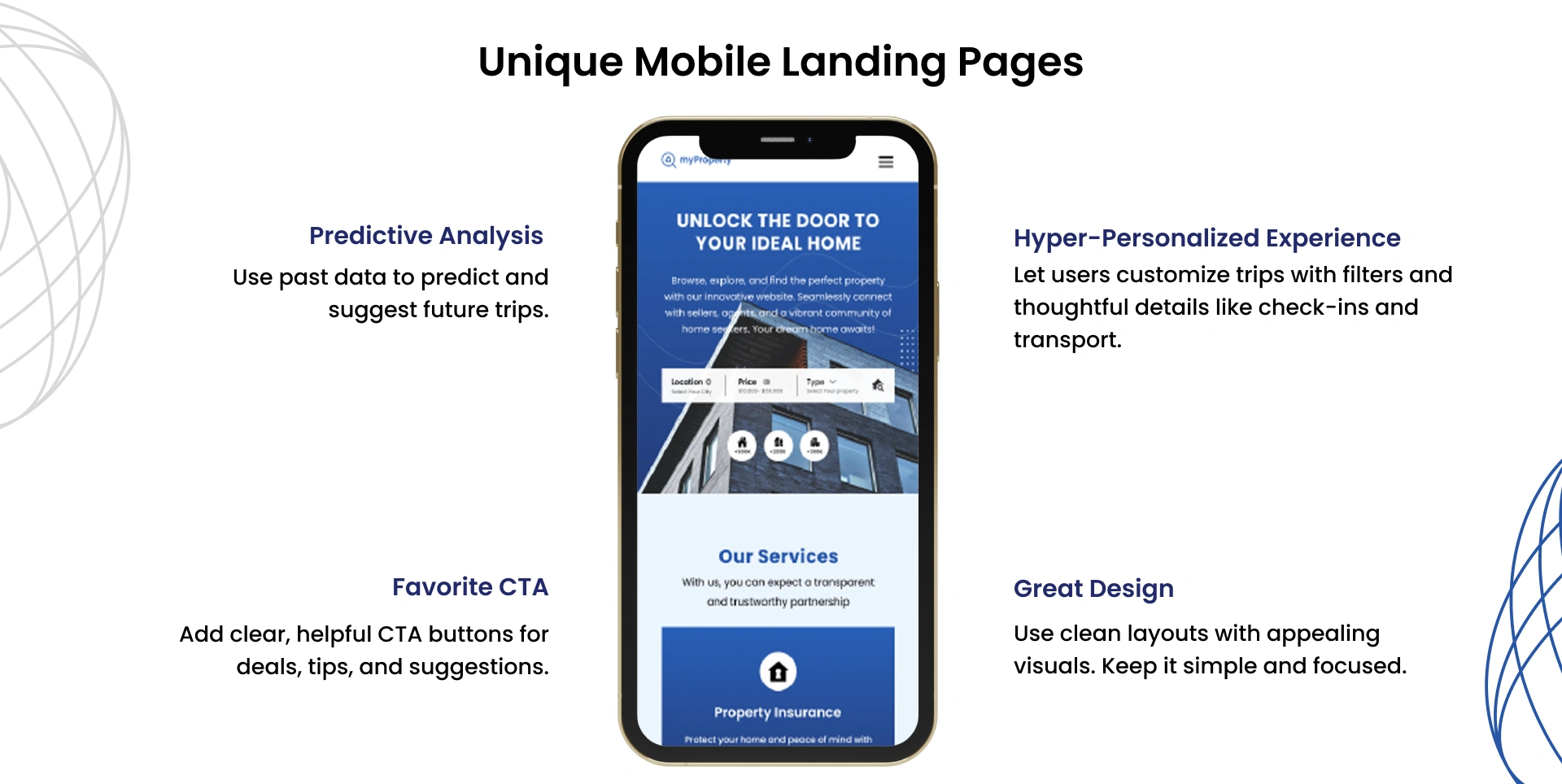
Behavioral triggers go beyond pop-ups. By monitoring user actions, you can prompt personalized actions, such as custom messaging, exclusive deals, or timed CTAs, based on specific behaviors on your landing page. For example, if a visitor has been on the page for more than 30 seconds but hasn’t interacted with the CTA, a small personalized message can appear to encourage action.
How to Implement:
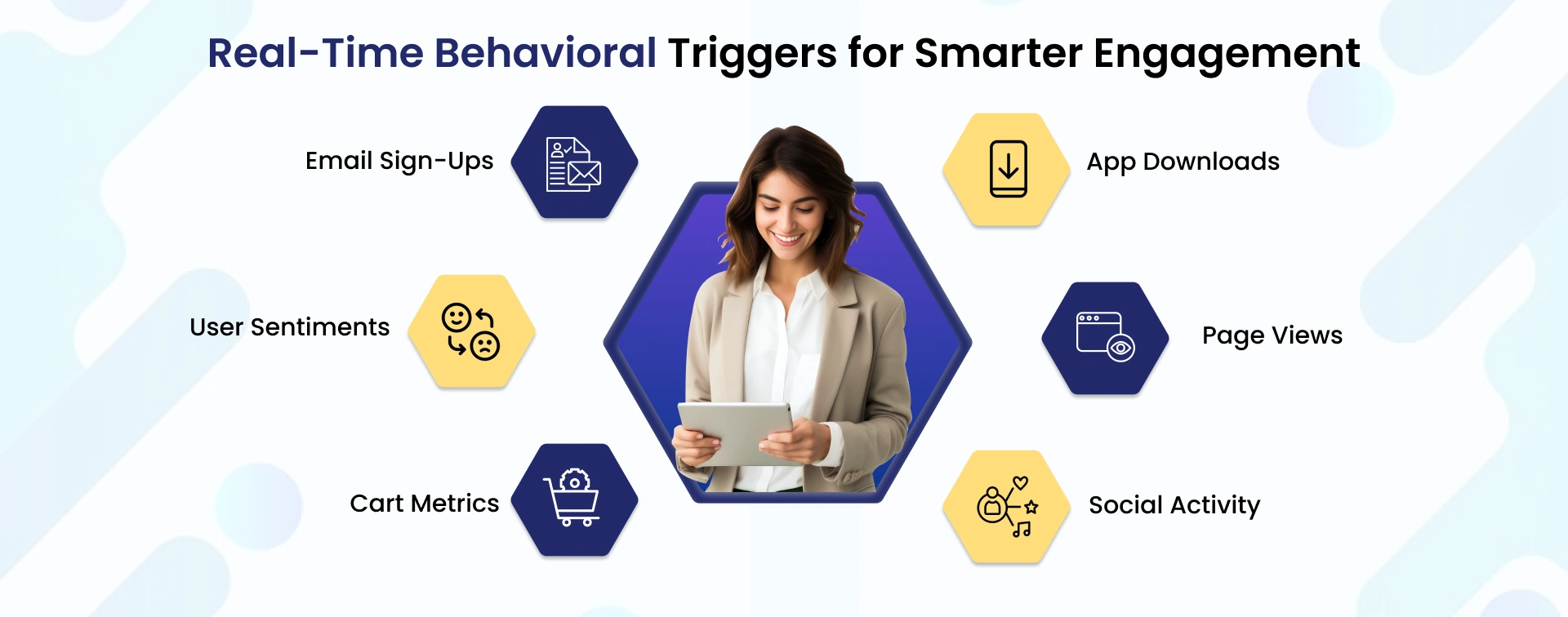
Gamification introduces fun elements to your landing page by adding features like quizzes, progress bars, challenges, or reward systems. When used effectively, gamification can boost engagement, increase time spent on the page, and ultimately lead to higher conversion rates.
How to Implement:
Offer rewards for completing specific actions, such as a discount after filling out a form or completing a quiz.
Interactive elements such as scroll-triggered animations, hover effects, and interactive infographics can bring your landing page to life. Instead of a static, one-dimensional page, you offer a rich, dynamic experience that draws visitors in and encourages exploration.
How to Implement:
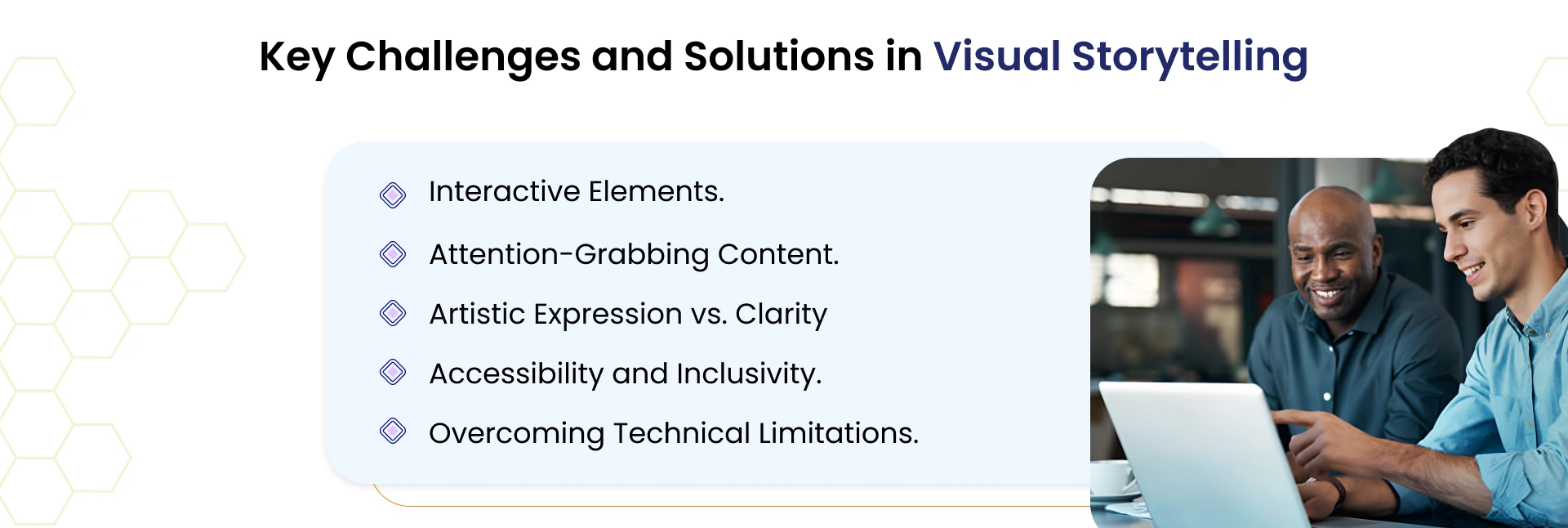
Micro-interactions are subtle animations or actions that respond to user behavior. These tiny but powerful elements—such as a hover effect on a button, a sound when a form is successfully submitted, or a smooth animation when a visitor scrolls—create a delightful user experience and can significantly improve conversions. When implemented thoughtfully, micro-interactions deliver instant feedback, drive enhanced user engagement, offer precise guidance, and support error prevention. They also foster an emotional connection, reinforce your brand identity, ensure improved accessibility, and contribute to stronger user retention.
How to Implement:
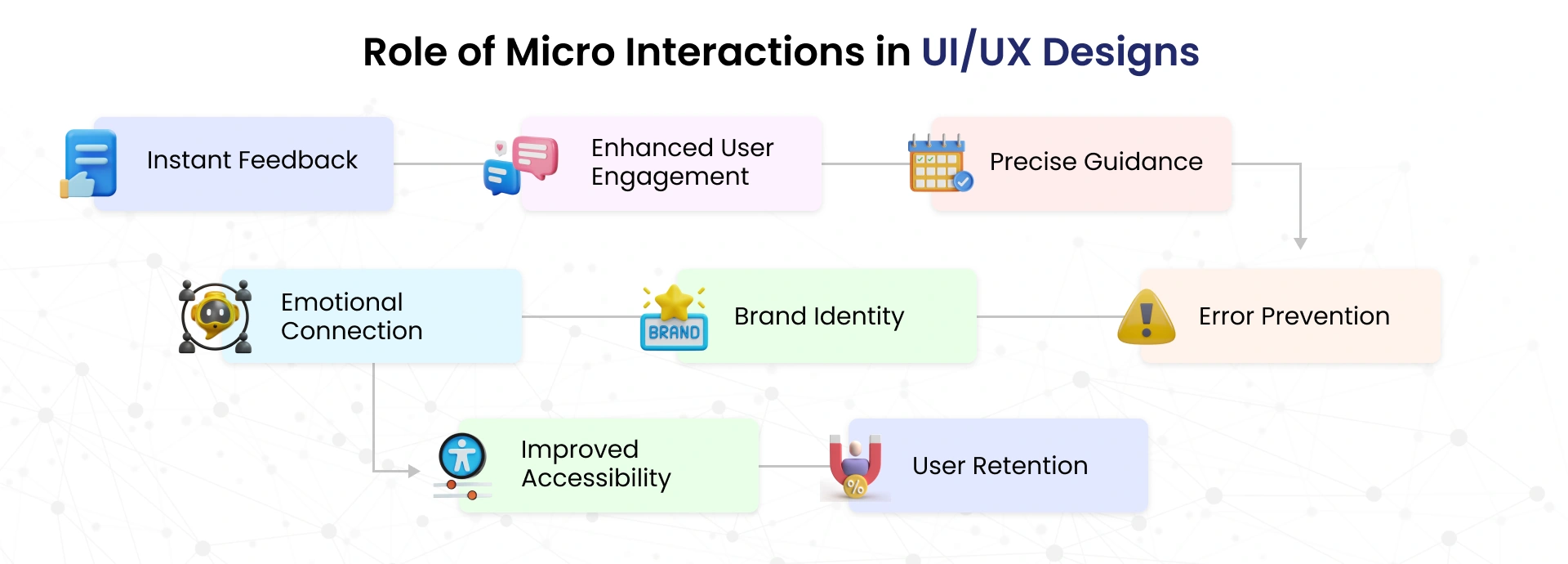
If your business operates in multiple regions or has local customers, geotargeting is an excellent strategy. By tailoring your landing page content based on a visitor’s geographic location, you can offer highly relevant content, such as local offers, event information, or region-specific testimonials.
How to Implement:
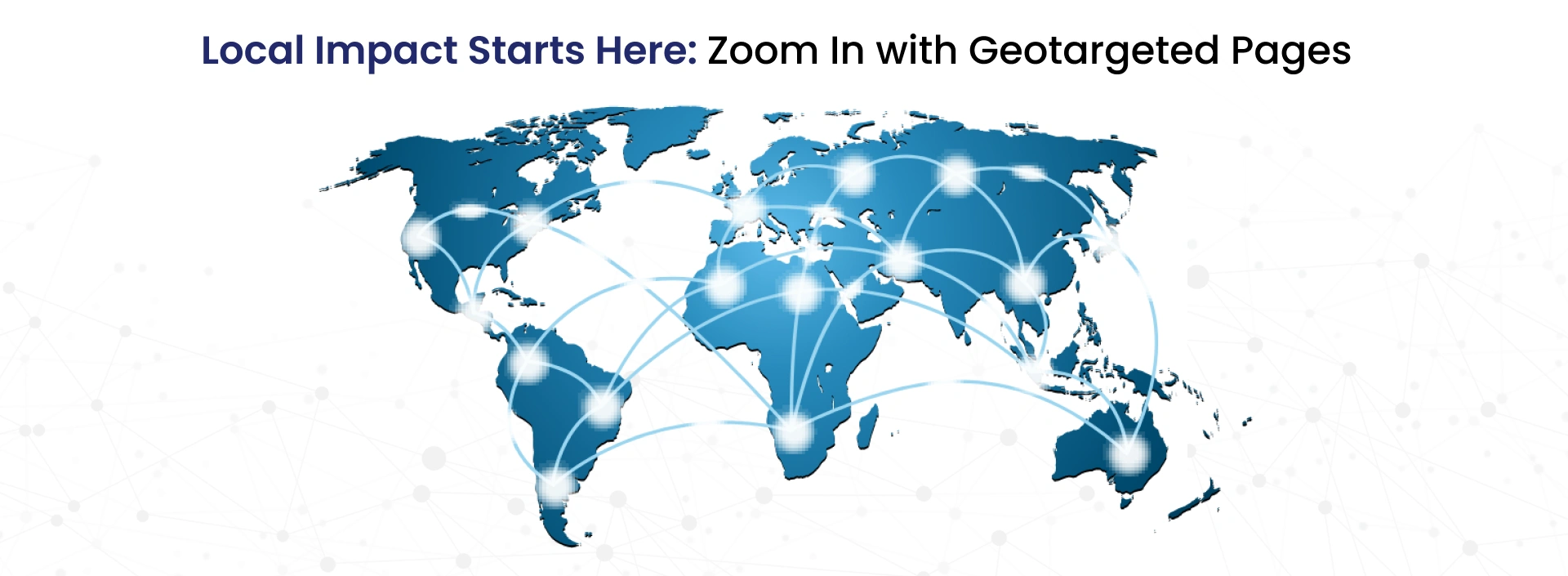
Strong landing pages aren’t built by chance — they’re built through wise choices. When you apply the right landing page best practices, use practical landing page tips, and think carefully about your landing page strategy, you turn a simple page into a powerful growth tool.
But getting every piece right takes time and experience.
That’s why JanBask Digital Design is here to help.
We focus on real-world landing page optimization best practices that are proven to increase conversions. From giving you trusted landing page advice to helping you create a landing page design and messaging, we’re ready to support your successive big win.
Your visitors are just one great landing page away from becoming loyal customers. Let’s build it together.
Improve Your Landing Page Results with These Best Practices

E
Simple, straight to the point, and actually useful. Loved how each best practice came with examples
M
Clear, concise, and very effective.
B
Super easy to follow—love how you included visuals and examples!
J
I run a small business and don’t have a big design team. This guide was perfect for DIY improvements. Thank you!